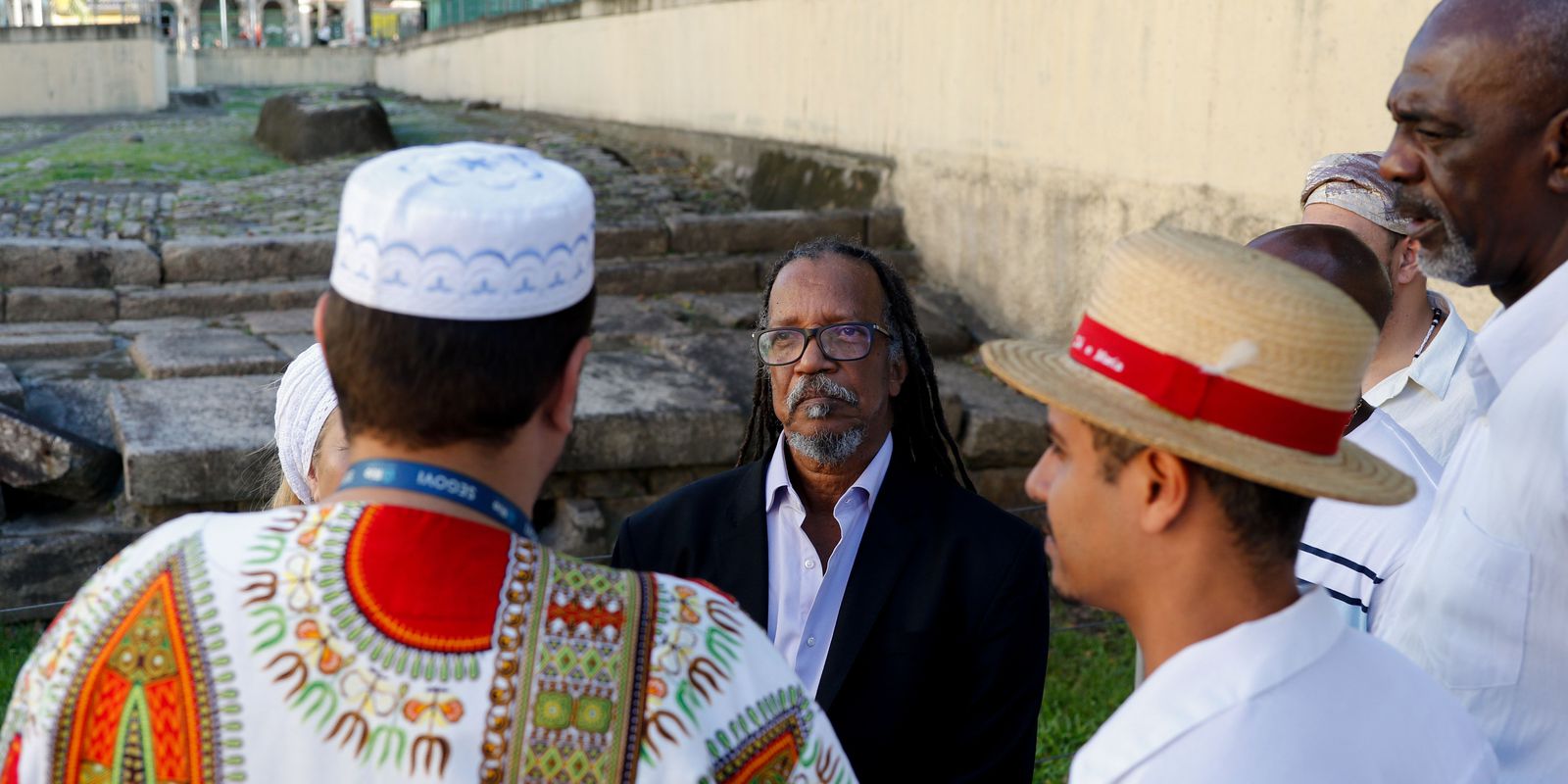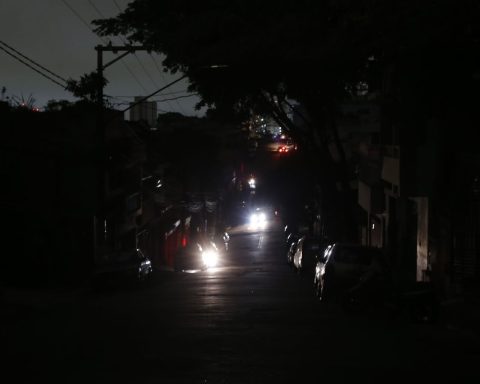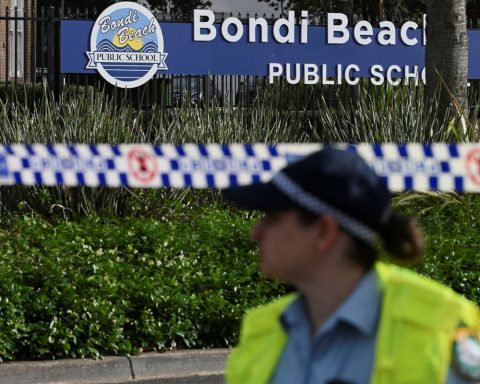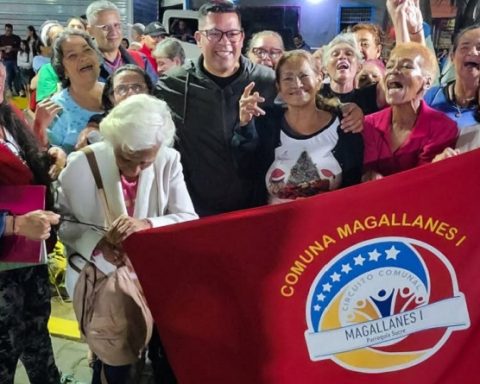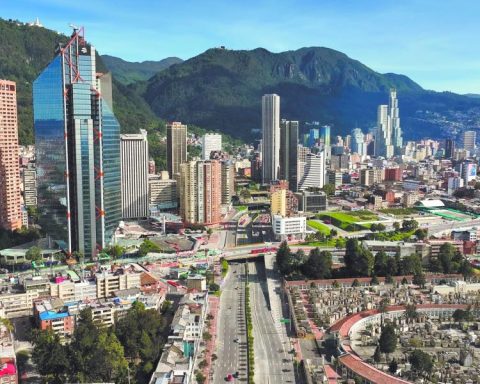The Cais do Valongo, former slave port and world heritage site since 2017, and the other public facilities of the Pequena África cultural circuit, in Rio de Janeiro, were visited this Tuesday (11) by the president of the Palmares Foundation, João Jorge Rodrigues . For him, in addition to recovering the physical structure, it is necessary to ensure the human occupation of spaces so that they do not deteriorate over time.
“Historic buildings not only survive over time, they also erode over time. I come from Salvador and that is a remarkable fact. I also visited Rome, I visited several places in the world where time is sometimes overwhelming. He is a friend to say that a building is important, but he is the enemy when there is no preservation”, he pointed out.
On his visit to Rio de Janeiro, João Jorge said he believed that learning from Pelourinho, in the capital of Bahia, could be useful for discussions about Cais do Valongo. At the same time, he highlighted that civil society, through the participatory management committee, is the one who should indicate the best way of occupying the site.
“Pelourinho is an open-air museum, like several spaces that were recovered from 1991 and 1992. And today it has physical space protection”, he said. Although he observes that this process involved some occupation dilemmas, he considers that the experience can be a reference. “We want the human occupation to give gas, to help preserve people’s warmth. Every physically abandoned place goes into disrepair,” he reiterates.
The term pillory refers to a stone column where criminals were exposed and punished. In the colonial period, it was used in Brazil mainly to punish slaves. In Salvador, a pillory had been erected in the center of the city. Over time, the name Pelourinho became popular and began to be used to designate the oldest region of the capital of Bahia, which is currently a center of cultural effervescence. According to João Jorge, there was a transformation from a place of pain to a place of joy.
“I have already visited several places that have to do with slavery in Ghana, Senegal, Luanda. I’ve also been to South Africa, to places that document the pain of Apartheid. And I know the concentration camps in Germany well. These places must exist and these stories must be told. But we also need to talk about the experience of resistance, joy and all the incredible forms of survival that Africans gave to Brazil. The Brazilian population is resistant because of its African identity”.
Revealed in 2011 in excavations carried out during the works to revitalize the port area of Rio de Janeiro, Cais do Valongo was the landing point of more than one million slaves from Africa. Its historical importance arouses the attention of scholars and researchers. According to the National Historical and Artistic Heritage Institute (Iphan), it was the largest slave port in the world.
The situation at the site had already been worrying the Federal Public Ministry (MPF) in recent years, which even filed lawsuits to fulfill commitments made with the United Nations Educational, Scientific and Cultural Organization (Unesco) in 2017 , when the site received the title of World Heritage. Researchers came to fear for the loss of the title in the face of decisions by the government of Jair Bolsonaro, which extinguished the participatory management committee and the management plan.
With other spaces located around it, Cais do Valongo now forms the Little Africa circuit, which rescues the nickname given by the sambista Heitor dos Prazeres to the port area of the city. It includes, for example, the Museum of Afro-Brazilian History and Culture (MUHCAB), Instituto Pretos Novos (IPN) and Pedra do Sal. A guide released by the city of Rio lists 38 cultural and gastronomic points among historical sites and buildings, cultural spaces, bars and restaurants.
shed
The Armazém Docas Dom Pedro II shed, whose original construction in the second half of the 19th century was led by the black engineer André Pinto Rebouças, is also part of the circuit. Currently under the responsibility of the Palmares Foundation, it is quite deteriorated and is closed. João Jorge estimated that a more ambitious project would be needed to recover the property. According to him, the Palmares Foundation has already assumed a commitment with the Federal Justice and the MPF in this sense and will go after the resources.
“This is an emblematic case. The last three years have been one of total neglect. See a beautiful place like this, with this light. If it can be used, if it is returned to the community, it will be wonderful,” he said. In February, IPHAN defended that the site should become a Reference Center for the Celebration of African Heritage. The National Bank for Economic and Social Development (BNDES), through its president, Aloizio Mercadante, has already announced its willingness to invest in a museum on the history of slavery.
“We have some flagged resources, we know it’s not enough, but it’s a start. Some projects are already in the hiring preparation phase. We are going to do a cleanup, restore the electricity and water network, repair the roof and structure,” said Marco Antônio Evangelista da Silva, a career employee at the Palmares Foundation chosen by João Jorge Rodrigues to take over the Heritage Protection Department.
He highlighted that the form of occupation of the space and the name that will be given will go through a definition of the participatory management committee, already reactivated by the Lula government. Composed of representatives from different public bodies and civil society entities, it assumes responsibility for defining management guidelines and valuing Cais do Valongo, as provided for in a commitment signed with Unesco. Some members of the committee accompanied the visit made by the president of the Palmares Foundation.
“Civil society has to play a leading role, especially the sensitive communities in the territory”, points out Leonardo Matos da Costa, who is chief executive of the Coordination for the Promotion of Racial Equality of the City Hall of Rio de Janeiro (Cepir) and represents the body in the committee.
New direction
Cultural activist and black movement militant, João Jorge Rodrigues held the presidency of the Olodum group and was appointed three weeks ago by President Lula to head the Palmares Foundation, linked to the Ministry of Culture. Its first measures sought to reverse decisions taken by the previous president, Sérgio Camargo, who was in office for most of Jair Bolsonaro’s government. Decrees that made it difficult to register quilombola communities and that prohibited tributes to black people in life, for example, were revoked.
